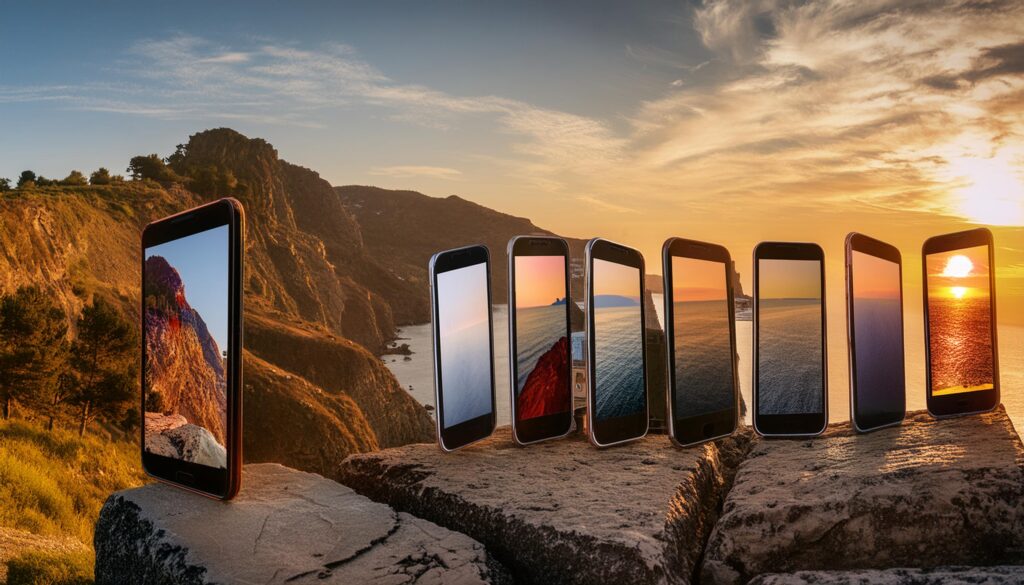
Smartphone display resolution plays a crucial role in defining the clarity and visual fidelity of the content you view on your device. It’s a key factor to consider when evaluating the quality of a smartphone display. Here’s a comprehensive guide to understanding display resolutions and their impact on your viewing experience.
What is Display Resolution?
Display resolution refers to the number of pixels (individual points of color) that a screen can display horizontally and vertically. It is typically denoted as width x height (e.g., 1920 x 1080 pixels for Full HD). Higher resolutions mean more pixels, which results in sharper and more detailed images and text.
Common Display Resolutions in Smartphones
HD (720p)
HD resolution, also known as 720p, offers a resolution of 1280 x 720 pixels. While not the highest available, it provides good clarity for smaller screens found in budget and mid-range smartphones. It strikes a balance between visual quality and affordability.
Full HD (1080p)
Full HD resolution is one of the most common resolutions in smartphones today, offering 1920 x 1080 pixels. It delivers sharp and detailed images suitable for most users, providing a crisp viewing experience for multimedia content and gaming.
Quad HD (1440p)
Quad HD resolution, also referred to as 1440p, boasts a resolution of 2560 x 1440 pixels. It provides even higher clarity and sharper details, making it ideal for larger screens found in premium smartphones. It enhances the viewing experience for high-resolution videos and graphics-intensive applications.
4K Ultra HD (2160p)
4K Ultra HD resolution offers an impressive 3840 x 2160 pixels, significantly higher than Full HD and Quad HD. It is primarily found in flagship smartphones and delivers unparalleled clarity and detail. 4K resolution is especially beneficial for VR experiences and media consumption on large, high-resolution displays.
Factors to Consider
Pixel Density (PPI)
Pixel density, measured in pixels per inch (PPI), indicates how densely packed the pixels are on a screen. Higher resolutions with smaller screens result in higher PPI, enhancing sharpness and detail.
Battery Life and Performance
Higher resolutions can impact battery life and performance, as they require more processing power and energy to render graphics. Manufacturers often optimize displays and hardware to balance resolution with efficiency.
Content Optimization
Not all content is optimized for higher resolutions. While streaming services and some apps support higher resolutions, some content may not display significant benefits unless viewed on larger screens or specialized applications.
Conclusion
Understanding smartphone display resolutions empowers consumers to choose devices that align with their preferences for visual quality and performance. Whether opting for the affordability of HD or the premium clarity of 4K, each resolution offers unique benefits tailored to different usage scenarios. Stay informed about the latest advancements and trends in display technology to make informed decisions when selecting your next smartphone.
Exploring these resolutions enhances your appreciation for how technological advancements continually improve visual experiences on smartphones. For more insights and comparisons on smartphone display technologies, explore our detailed guides and reviews.